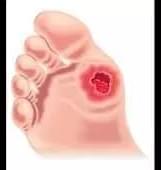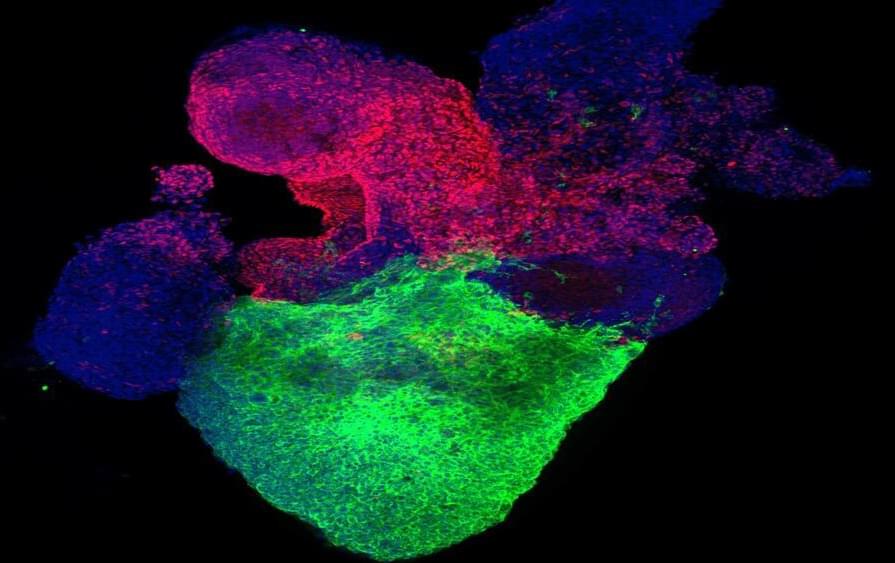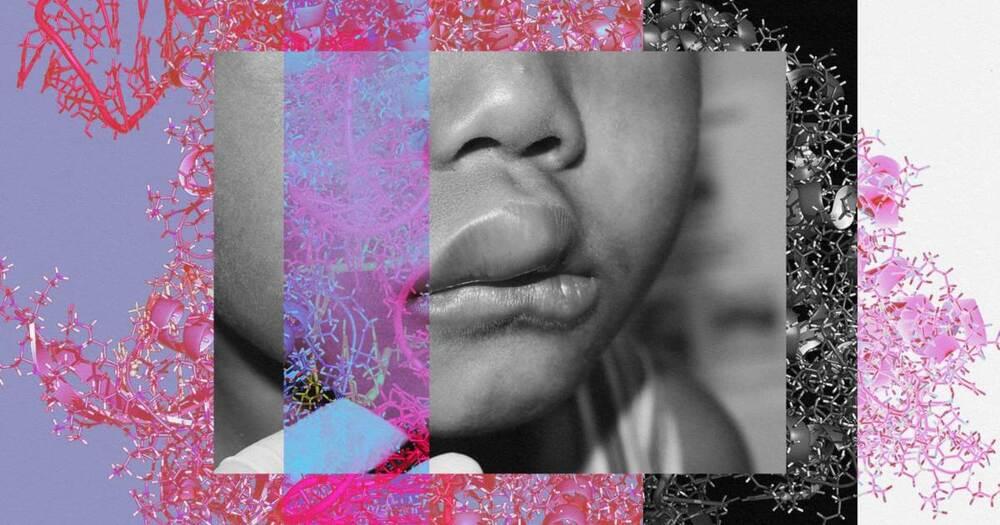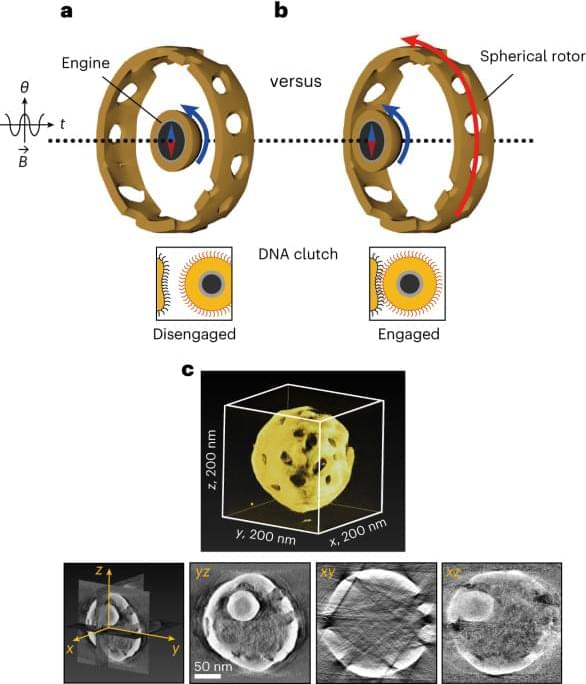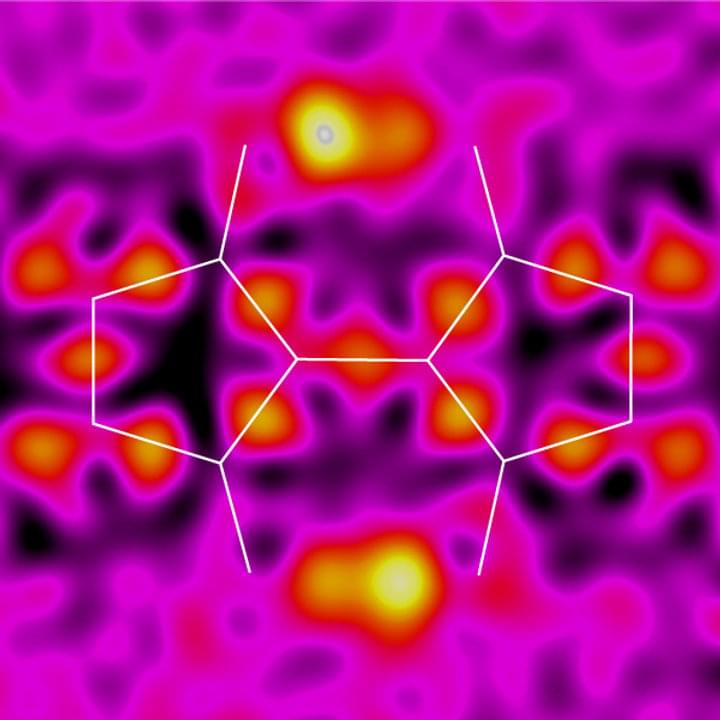Summary: A new study illuminated how fruit flies navigate by revealing the communication between their internal compass and steering brain regions. This study shows that three distinct neuron groups translate directional signals into corrective actions, allowing fruit flies to adjust their course effectively.
These findings not only deepen our understanding of navigation in simpler organisms but also lay the groundwork for future research into the neural basis of behavior in more complex species, including humans.
By exploring the intricacies of fruit fly brains, scientists have uncovered fundamental principles of cognitive processing and behavior adjustment, offering insights into how internal cognitive states like direction sense are converted into tangible actions.




